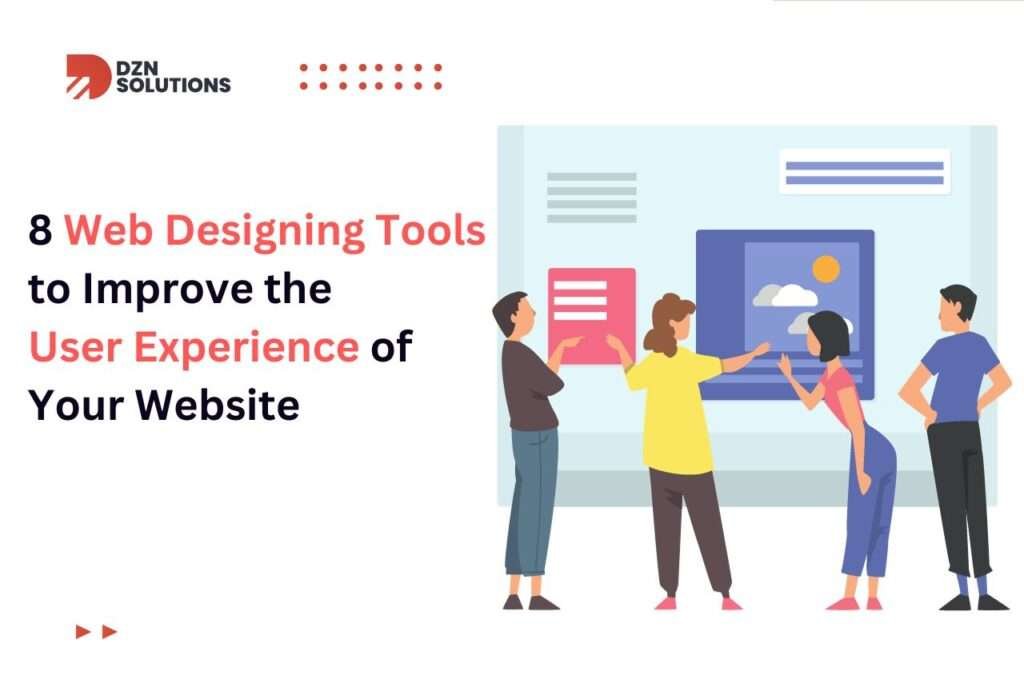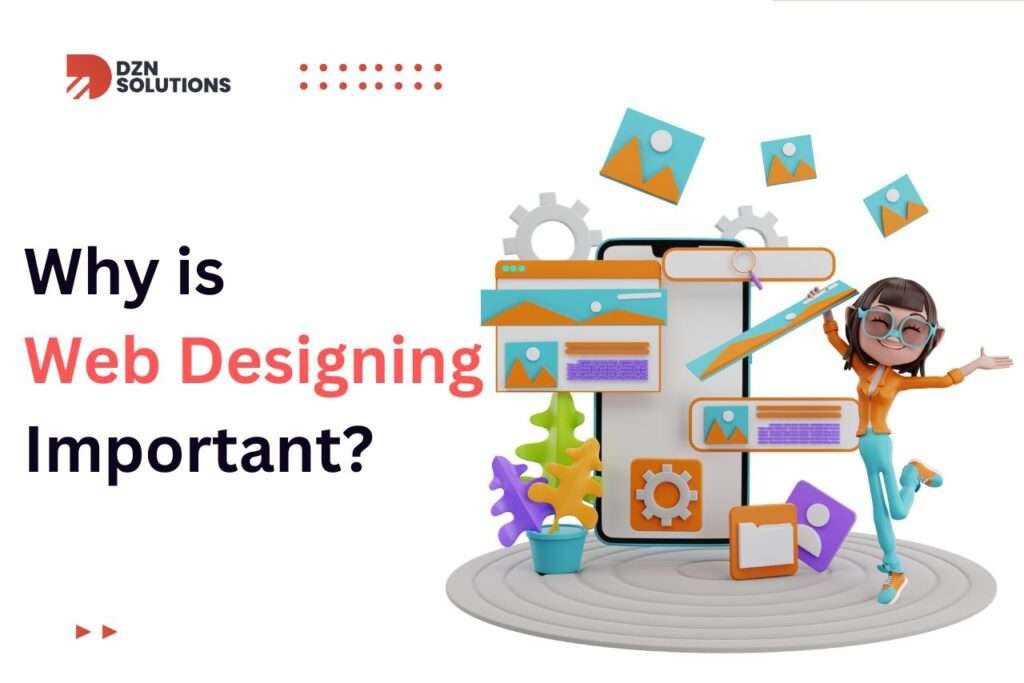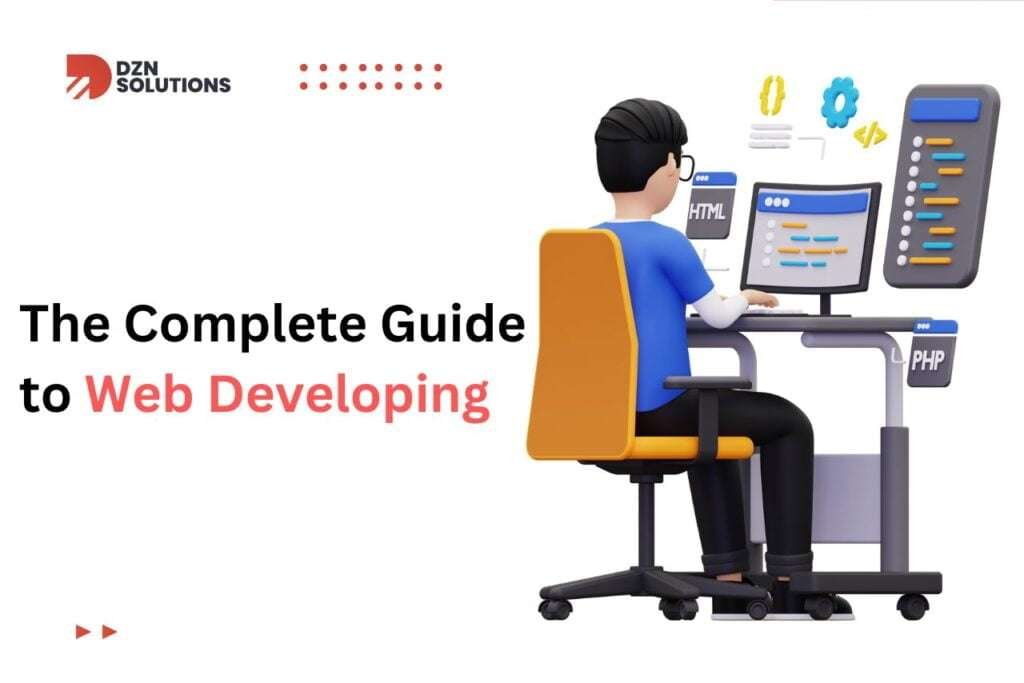If your business is marked on the web through a website, chances are that more than a third of the potential consumers will find you! If your business is a startup or a budding enterprise, website designs has a tremendous impact on the success of your business. Even though word-of-mouth advertisements and social media presence and engagement are two distinctive ways to reach out to your potential customers, websites are a must for your online presence. Websites are your business’s home on the web, right?
Studies have shown that every 1 out of 5 customers immediately drops considering a small business (new to them) that does not have a website.
Website’s importance? Explained. But I get you. You are just starting, how do finance high-end website designers and developers? Well, there are several platforms available. Online. And, yes through “websites”. Website building platforms, that do all the work for you and make your website a true representation of your business’s essence and core values.
Even before hopping on to the list of amazing websites developing maestros on the web. Let us take a quick look at the key components of a business’ website. (don’t get overwhelmed just because you are not a computer geek, I got you covered!)
Key components of a small business website:
1. An immaculately systematized navigation bar:
More than 80% of customers prefer to use and stay on websites that are easy to navigate. Even though it is quite obvious, still most website designs of small businesses lack a well-designed and well-organized navigation bar.
A quick guide to designing a user-friendly navigation bar:
- The navigation bar at all times should appear at the top of each page, not only the home page but every page. A sticky navigation bar can also be used which is when no matter how much the page is scrolled, the navigation bar keeps stocking at the top. For ease of access, of course.
- It is essential that all important pages are accessed through the navigation bar by the visitor. You can always use drop-down lists to organize multiple pages on your website.
- The user should always reach the home page by simply clicking on your main logo. The logo should hit home, remember! the positioning of the logo is mainly at the top left corner of the webpage.
- Because more than 50% of the traffic on websites comes through cellphones and mobile devices, so automatically your navigation ought to work fantastically on small screens. The best recipe for this is to put all the navigation bar links into a hamburger menu when your website is accessed by the user on small screens.
2. Business suitable design:
The website designs has to reflect your business at all times. The logo, look and feel of the website as well as the design and display of it should always be according to the business and type of product/service you are dealing with. An auto parts website will most definitely be different from a beauty bar or a spa.
The main quality reliance must be on the user experience and not just the outer outlook of the website and its visuals. Adding heavy and bulky design elements will not only distract your visitors but also low down your website. Be mindful to stay away from online web designing agencies who pitch in and deliver the same layout for every business kind.
As the online e-commerce market is highly competitive, your website needs to have all the necessary key components of a great e-commerce website. Even though your business is still in the budding stage, you still got to stay afloat in the competition, right?
Some design principles that will do you all the good when followed:
(A) Responsive design:
Mobile-friendly or responsive layout is compulsory for any small business website. You don’t want to come across as unprofessional due to your website not operating optimally on mobile devices. Poor engagement, response rate, and poor conversion will only lead to ranking low in search engines. Putting your future potential customers at stake, too.
(B) UX optimization:
Optimizing user experience is the key to any booming small business website design. It’s irresistible to get lost in visuals, colors, and other design elements when you are in the design process. But it is crucial to have a user-friendly layout, instinctive site design, and a clear information track.
(C) Call to Actions:
Each page of your website needs to have the necessary call-to-action icons. A call to action prods the user to take a step ahead. They are great ways to navigate a visitor towards conversion. Some common calls to action are
- Contact Us
- Shop Now
- Request A Quote
- Download Now
- Learn More
3. Accessible contact details:
It is interesting to note that most of the small businesses online don’t provide their customers with adequate information about the contact details of their businesses. Complete information about your business will show
- Name of your business
- Address of your physical location(s)
- Telephone number(s)
- Email address
- Social media handles
4. Pleasant “About Us” page:
The About us page gives your visitors an insight into your business. Make sure it is an interesting one. nobody cares to read boring about us pages. Tell a personal element to your business, this engages the readers more. Keep your tone friendly, conversational, and inviting. a great chance to tell your story to your visitors. It helps to establish a connection between your brand and your potential customers.
5. On-site blog:
On-site blogs are as useful to small businesses as they are for bigger companies. An on-site blog is a tool that gives you an extra edge and keeps you ahead of your existing and upcoming competition.
Here are some advantages of an on-site blog:
- An on-site blog demonstrates your brand or business to be a knowledgeable one to your visitors. It develops an exceptional trust bond.
- Appropriate and well-written blog pieces amplify your online presence. The blog can play a vital role in the online marketing strategy of your business and get your business to close more deals. It can always bring new customers to your business, too!
- Blog content provides a way to engage with your likely customers. Sharing enlightening blog posts on your social media handles will provide your business with a more expansive audience and divulgence.
6. Custom-made CMS:
Handling a website can be a nuisance, but a good CMS can make updating and making small changes a breeze. There are many famous CMSs like WordPress and Magento which are utilized by businesses. It is best to opt for a customized CMS which is devised specifically for your business.
7. Analytics integration and conversion trackers:
The main aim of your website designs is to reach target visitors and customers. you must be enabled and equipped enough to analyze or visualize customer behavior data to specify how your site is performing.
Scrutinizing your website performance and optimizing it constantly based on data, can effortlessly put your small business way ahead of its competitors.
There are a ton of online small business website builders. Keep in mind that unless you have a solid grasp of web development, it’s certainly not a great idea to design a website all by yourself. The aim of a website isn’t just to put your business out there online. Rather it needs to accomplish bigger and greater motives like generating leads, getting and reaching new customers, diving into new markets, and closing deals. But most of all build a personal rapport with your customers.
We have also compiled a list of online website designs providers, have a look!
- Weebly
- GoDaddy
- 1&1 IONOS (MyWebsite)
- Squarespace
- HostGator
- Wix
- Shopify
- Zyro
- WordPress.org
- Duda
Here above, we have covered all that you needed to know from scratch about designing websites for small businesses. Explore the list and choose what you find the best. See your business online!!


